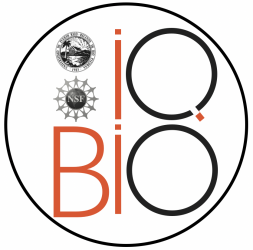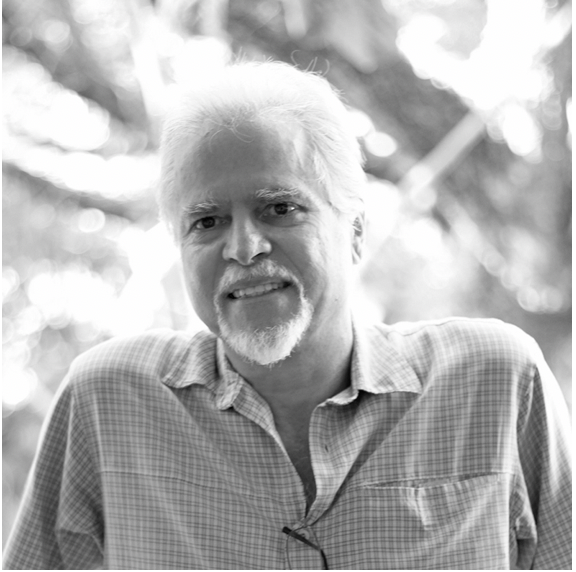
García-Arrarás, Jose E. – Molecular Analysis of Intestinal Regeneration
Dr. García-Arrarás’ lab focuses on the study of regeneration in a novel holothurian model system where new intestine regenerates in the adult animal. His goal is to identify genes associated with regeneration of non-mucosal tissues through RNAseq for the early stages of regeneration and comparing gene expression profiles with that of the normal mesentery. In silicoanalyses will include the characterization of gene signaling pathways and GO analyses of gene clusters associated with putative functions. Analyses include quantification of gene expression by RNAseq as well as validation of gene expression using qRT-PCR. The project integrates information that ranges from molecules to cells and tissues, and provides multiple venues for undergraduate students to learn quantitative molecular biology, computational and bioinformatics techniques. Examples of projects that can be done by REU students include: (1) A comparison of gene expression profiles between early regenerating and late regenerating intestines and (2) Characterization of neural-specific genes by comparing intestinal vs radial nerve cord transcriptomes.
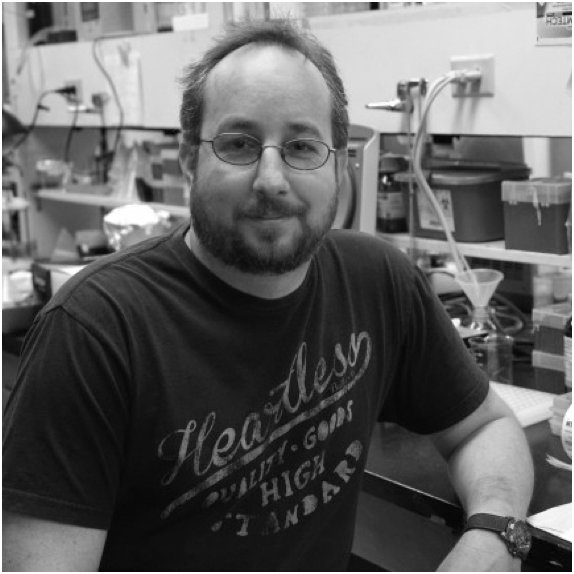
Ghezzi, Alfredo – Epigenetic Mechanisms of Neuroadaptation and Addiction
Dr. Ghezzi’s research revolves around the molecular basis of neural adaptation. Through the integration of molecular genomics, behavioral analyses, and neurophysiology, his lab strives to resolve how the nervous system utilizes a finite number of genes to carefully modulate its activity and adapt to an ever-changing environment. A central component of this effort is directed to understanding the mechanisms of transcriptional memory that perpetuate these adaptations through the interplay between environmental signals, gene expression, and neural function. One fascinating example of neural adaptation is drug addiction. Drug addiction is a complex neurobiological condition characterized by compulsive and escalating drug use, and is believed to arise in part from drug-induced neural adaptations that counteract the drug effects and contribute to the uncontrolled urge to consume the drug. Students in the Ghezzi Lab will combine the powerful Drosophilagenetic model and a range of genomic techniques to uncover and categorize the epigenetic regulatory mechanisms that orchestrate the response to different drugs of abuse and other environmental insults.
Louime, Clifford – Evaluating Microbial Dynamics Along Puerto Rico’s Coastal Marine Ecosystems Using Next Generation Sequencing Technologies

Dr. Louime’s lab aims to gain critical insights into the role of microbial activity as an indicator of ecosystem health and dynamics. Toward this end, his lab studies microbial communities and their interactions within coastal marine ecosystems around the island of Puerto Rico. Using Illumina MiSeq sequencing of the V4 region of the 16S rRNA gene, they aim to characterize microbial diversity across 11 sites along the coast of Puerto Rico, including sediment and water column samples. Spatial and temporal explorations of such environments will provide a thorough understanding of species taxonomic diversity and the mechanisms underlying adaptations to ongoing natural or anthropogenic perturbations. Findings from these studies should highlight significant variations along environmental gradients and ultimately provide a basis for long-term evaluations to decipher microbial taxonomic diversity around the island, while determining how microbes adapt to changes in climate.
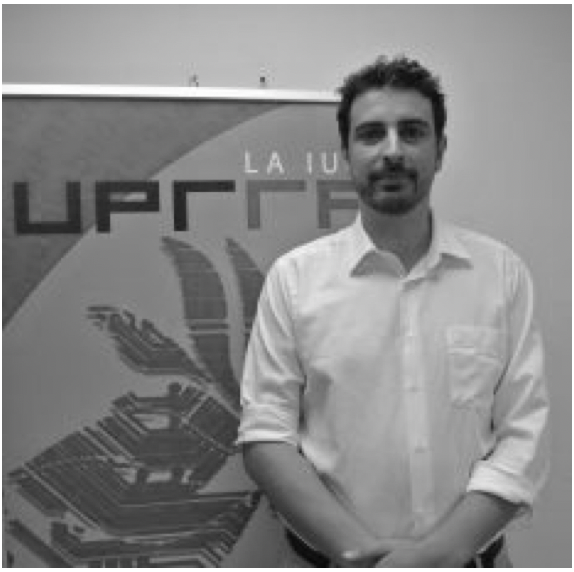
Mégret, Rémi – Image Analysis for Insect Behavior Analysis
Dr. Mégret’s research focuses on image and video analysis with applications to automating the analysis of insect behavior from video capture. It embraces the “Big Data” approach to produce new datasets that quantifies the behavior of large numbers of individual honeybees over long periods of time. Students will be involved in the development and evaluation of new tools to quantify the behaviors automatically. They will 1) apply new deep learning based detection and tracking tools developed in the group to build extensive annotated dataset of behavior from the very large video corpus collected in the project, 2) define and extract features and statistics from the data in collaboration with biologists to evaluate impact on the analysis of the behavior, 3) document and automatize the process to be reused on new datasets.

Ordóñez, Patricia – Development of analytical tools to cluster and characterize individual differences in circadian rhythms of bees
Dr. Ordóñez work focuses on developing real-time visualizations and machine learning in multivariate time series in multiple organisms. Symbolic Aggregation or S.A.X is one such method, where time series data are normalized and standard deviations are turned into symbolic letters. Symbolic letters in turn construct symbolic words representative of activity patterns of individuals within a population, which allows for the classification of the particular daily patterns of individuals. With the help of this tool, students in the Ordoñez lab will characterize the circadian patterns of bees from the genus Lasioglossum. This bee is a local pollinator in Puerto Rico, whose behaviour has yet to be described. If the activity patterns of this subject prove to be continuous, then a time series analysis of its circadian behavior should prove useful to better understand its ecology. The IQ-Bio-REU students in her lab will learn skills in time series and clustering analysis, data wrangling and coding in R. Similarly, they will gain experience in field sampling protocols, animal handling and infrared monitor setup to study bee behavior in the laboratory.

Ortiz-Zuazaga, Humberto G. – Bioinformatics of Gene Expression
Dr. Ortiz-Zuazaga has developed novel methods of measuring gene expression from microarray and second-generation sequencing data, and determining regulatory gene networks. REU students will work in a collaborative environment with biomedical researchers using Big Data to adapt probabilistic data structures to the task of detecting differential gene expression in de-novo RNA-seq experiments, and use these and other data sets to model gene regulatory networks using bioinformatics and statistical methods. They will accomplish this by developing, modifying, documenting, and running software in C++, Python, and R to process RNA-seq data, and learn common pipelines for manipulating, cleaning, and pre-processing these files on high performance computing systems at UPR.

Papa, Riccardo – Development and Evolution of Butterfly Wing Patterns
One of the major goals in evolutionary biology is to characterize and understand the genomic changes driving adaptive radiations and the molecular mechanisms responsible for the evolution of morphological diversity. Dr. Papa utilizes butterfly wing color patterns as a study system to develop an integrative understanding of genotype-phenotype relationships in one of the best-studied adaptive radiations, the Heliconiusbutterflies. By bridging the gap between population genetics, epigenetics, gene expression, protein-DNA interaction and functional genomics his group aims to determine the genomic logic of developmental evolution and how it articulates intraspecific variation. The IQ-Bio-REU student in his lab will have the opportunity to work in a project that utilizes high-end genomics approaches and bioinformatics analyses to generate insights into the biological underpinnings of quantitative variation and evolutionary quantitative genetics.

Peterson, Esther – Molecular Mechanisms of Inflammatory Breast Cancer
The molecular mechanisms of inflammatory breast cancer (IBC), one of the most aggressive and lethal forms of breast cancer, are poorly understood. In our lab we aim to elucidate the functional role of estrogen non-genomic signaling in IBC. Analyses will be performed to define the effects of estrogen non-genomic signaling in the transcriptome profile of IBC cell lines. REU fellows in the Peterson’s Breast Cancer Research lab will engage in multiple aspects of the project, including treatment of cells with endocrine therapy and estrogen non-genomic signaling inhibitors, collection and purification of RNA, generation of cDNA libraries, gene expression analysis and RNAseq. REU fellows will learn cell culture techniques, isolation of nucleic acids, qRT-PCR technique and analysis, siRNA and Western blotting, in addition of the use of bioinformatics tools to identify differentially expressed genes and signaling pathways that could be targeted for therapy. All this work is guided by the Peterson’s lab mission to further characterize the molecular signature of IBC with the long-term goal of identifying novel and more effective therapeutic targets for this lethal disease.
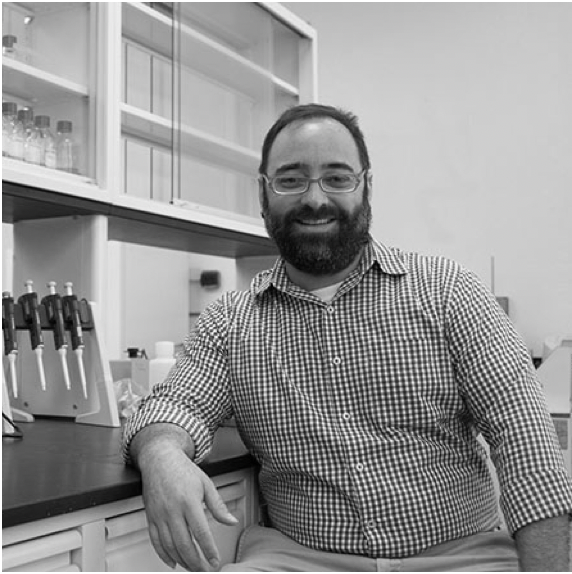
Rodriguez-Martinez, Jose Arcadio – DNA-binding preferences of transcription factors
Transcription factors are sequence specific DNA-binding proteins that regulate gene expression by targeting specific regions of the genome. Determining a transcription factor’s intrinsic DNA-binding preferences is a critical step for decoding gene regulatory networks that control cell function. REU fellows in the Rodriguez-Martinez lab will engage in multiple aspects of the characterization of transcriptions factors, including the generation of large datasets of transcription factor binding preferences. REU fellows will learn molecular cloning methods, protein expression/purification, DNA-binding assays, and the use bioinformatics tools to integrate “big data” to identify putative binding sites across genomes. All this work is guided by the Rodriguez-Martinez lab mission to uncover the molecular mechanisms by which proteins and small molecules bind to DNA and RNA to interpret genetic information.
